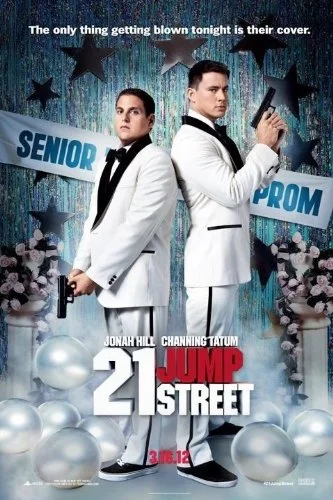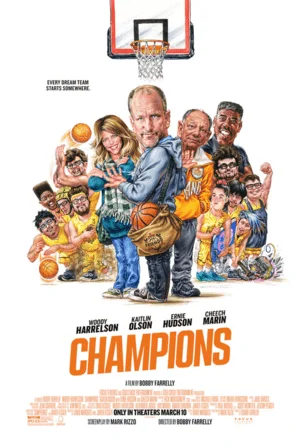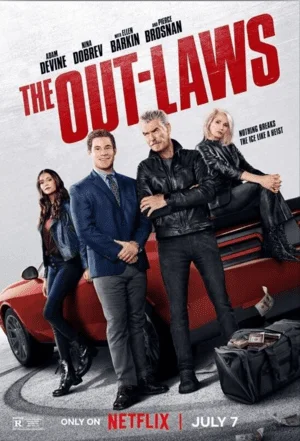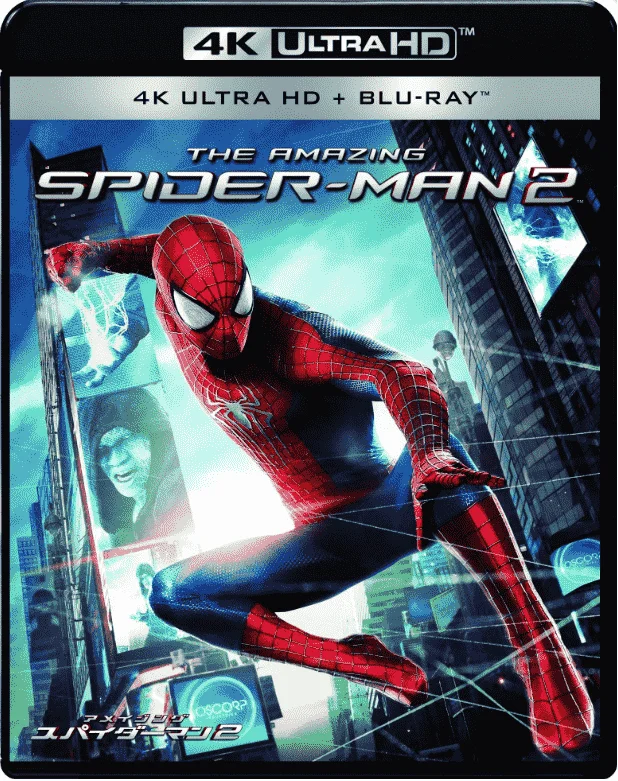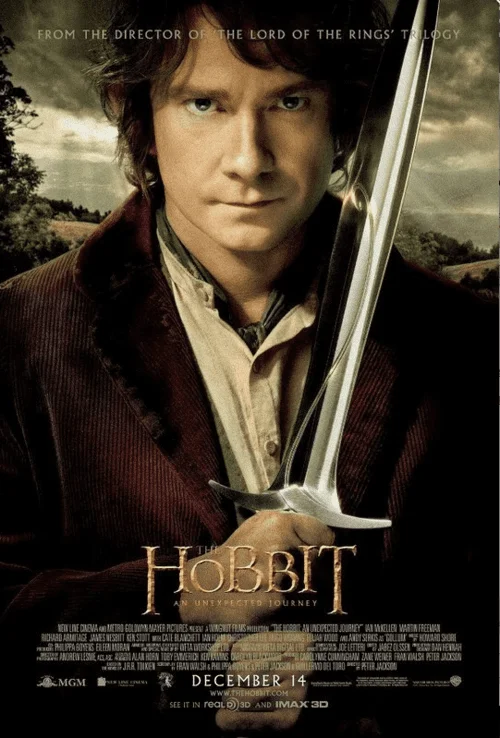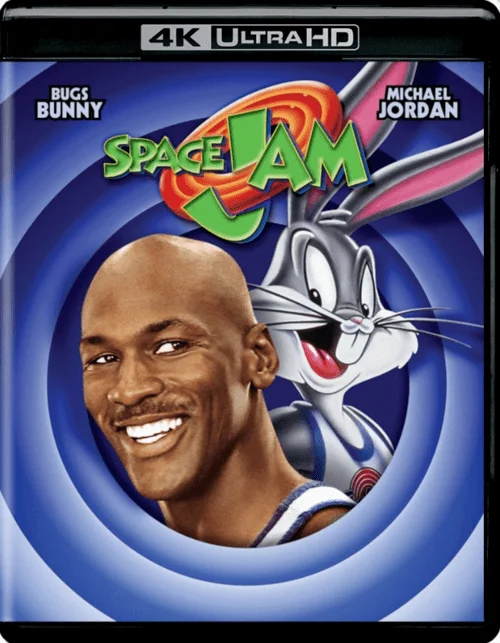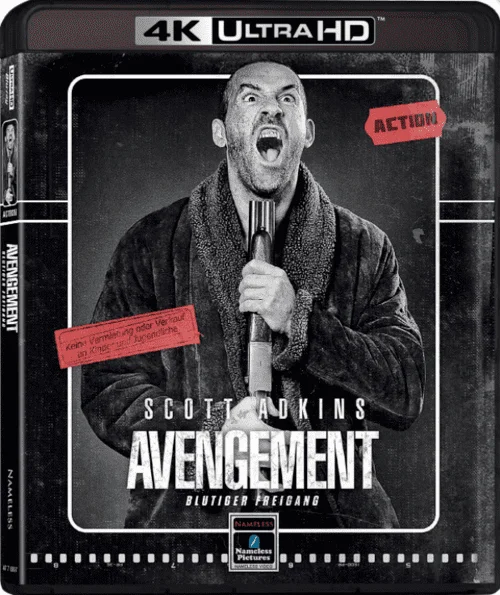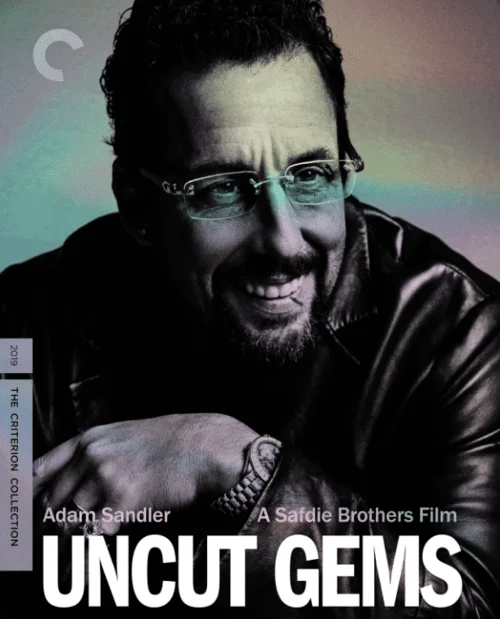
Uncut Gems 4K 2019 Ultra HD 2160p
Cast: Adam Sandler, Julia Fox, Idina Menzel, Mesfin Lamengo, Sun Zhi Hua-Hilton, Liang Wei-Hui-Duncan, Sunny Wu Jin Zahao, Deneke Muhugeta, Habtunu Africho, Warren Finkelstein, Keith William Richards, Tommy Kominik, LaKeith Stanfield, Maksud Agadjani, Ca$h Out, Andrea Linsky, Roman Persits, Pom Klementieff.

year 2012. Howard Ratner (Adam Sandler) is the owner of a regular jewelry store on New York's Diamond Street. He takes money from colleagues at high interest rates, does not give anything and runs away from the collectors, because he knows that soon everything will change. A rare opal was brought to him from Ethiopia, which glows with all existing colors and resembles a small pocket universe. Howard waits for an auction to sell the stone for six figures, but basketball player Kevin Garnett appears out of nowhere: enchanted by the opal, he asks for the stone for an NBA night game, leaving his championship ring on bail. Howard understands that the basketball player's obsession needs to be used - he lays down the ring and bets the money on the victory of Garnett's team.
Uncut Gems 4K Review
year 2012. Howard Ratner (Adam Sandler) is the owner of a regular jewelry store on New York's Diamond Street. He takes money from colleagues at high interest rates, does not give anything and runs away from the collectors, because he knows that soon everything will change. A rare opal was brought to him from Ethiopia, which glows with all existing colors and resembles a small pocket universe. Howard waits for an auction to sell the stone for six figures, but basketball player Kevin Garnett appears out of nowhere: enchanted by the opal, he asks for the stone for an NBA night game, leaving his championship ring on bail. Howard understands that the basketball player's obsession needs to be used - he lays down the ring and bets the money on the victory of Garnett's team.
The Safdie Brothers have gone surprisingly fast from the hope of American independent cinema to the pantheon of the world's top filmmakers working right now. It happened literally in two films: in 2017, Good Time was released with Robert Pattinson, which was enthusiastically accepted at the Cannes Film Festival, in 2019 they consolidated not only creative, but also financial success (almost $ 50 million in the American box office) " Uncut Jewels ", deservedly named one of the main films of the year and even managed to get into several lists of the best in the decade.
However, even if one wants to accuse the brothers of trying to betray the ideals of independent cinema and start making commercially successful films, it will not work. If we consider the latest works in the context of Safdie's impressive filmography, it becomes clear that films with such stars as Robert Pattinson and Adam Sandler fit quite organically into their small cinematic universe about the everyday life of ordinary New Yorkers: an greedy jeweler and a loser thief perfectly complement the company of a pickpocket ("The pleasure of being robbed"), a would-be father ("Go for rosemary") and a homeless drug addict ("God knows what").
However, Good Time and Uncut Jewels still stand apart: both films are distinguished by the obvious presence of a star in the cast and the absence of a documentary style of shooting: Safdie no longer captures reality, but create it themselves. If the first picture was something like an acid odyssey, then the second, as many have already noticed, I would like to compare it with a two-hour panic attack: not only is there practically no time to catch my breath, so the final third manages to knock the ground out from under my feet and beat under breath, and just do everything to make watching the movie as hectic as possible.
Moreover, this natural tension and full spectator immersion in what is happening, Safdie is achieved without showy technical tricks like long takes, complicated mise-en-scène or heart-raising music accompaniment (Daniel Lopatin's soundtrack seems, on the contrary, measured and restrained) - only dynamic editing, restless Adam and Sandler in the frame camera work, often imitating spying on the hero. Actually, because of this, a deceptive and slightly inspiring impression is created that anyone can do this. The offensive truth is that very few are capable of such a well-tuned cinema - the Safdie brothers have proven that they are among this number.
It is interesting that Safdie seems to be ignoring the modern trends of the world auteur cinema, but following the traditions of American independent cinema and skillfully being inspired by their favorite films, in order to eventually give out a little old-fashioned cinema in a new shell. The sources of inspiration for "Uncut Jewels" are immediately noticeable - these are films of the 1970s: "After Work" by Martin Scorsese, "The Gambler" by Karel Reisch, and in terms of the level of tension, even "The Wizard" by William Friedkin. However, the main reference is "The Murder of a Chinese Bookmaker", the crime masterpiece of their "teacher" and favorite director John Cassavetes.
The main character of the film, the owner of the strip club Cosmo, like Howard, treats his work as an art, striving to take new heights over and over again. Both heroes are romantics and maximalists who refuse to play by the rules of gangsters and are not afraid to put their own lives on the line. Unlike other famous American filmmaker brothers, Duffer, who create Stranger Things like a hodgepodge of favorite 1980s films, Safdie understands that other people's work is just the foundation on which they create their own legacy.
Unsurprisingly, renowned actors like Robert Pattinson and Adam Sandler are helping them achieve this ambitious goal, with new films capturing fans' attention. The latter has already proved that, if desired and in the hands of famous directors, he can move mountains ("Love, Knocking Down," "The Stories of the Mairowitz Family"), but in Safdie he definitely played his best role - a greedy and insatiable jeweler who cannot stop ...
Of course, Sandler organically cries, groans, gets hit and yells at the TV, but the main thing is that his presence in the frame completely changes the mood of the film: he is like a walking bundle of energy and chaos, launching Brownian motion around him. Even now, fans are twisting their heads when talking about ignoring the film in general and Sandler in particular during the season of awards - there is no doubt that in a few years this will be perceived as another failure of the film academy, which in recent years makes mistakes more often than usual.
File size: 40.9 GB
Trailer Uncut Gems 4K 2019 Ultra HD 2160p
Latest added movies
Comments on the movie
Add a comment
 like
like do not like
do not like